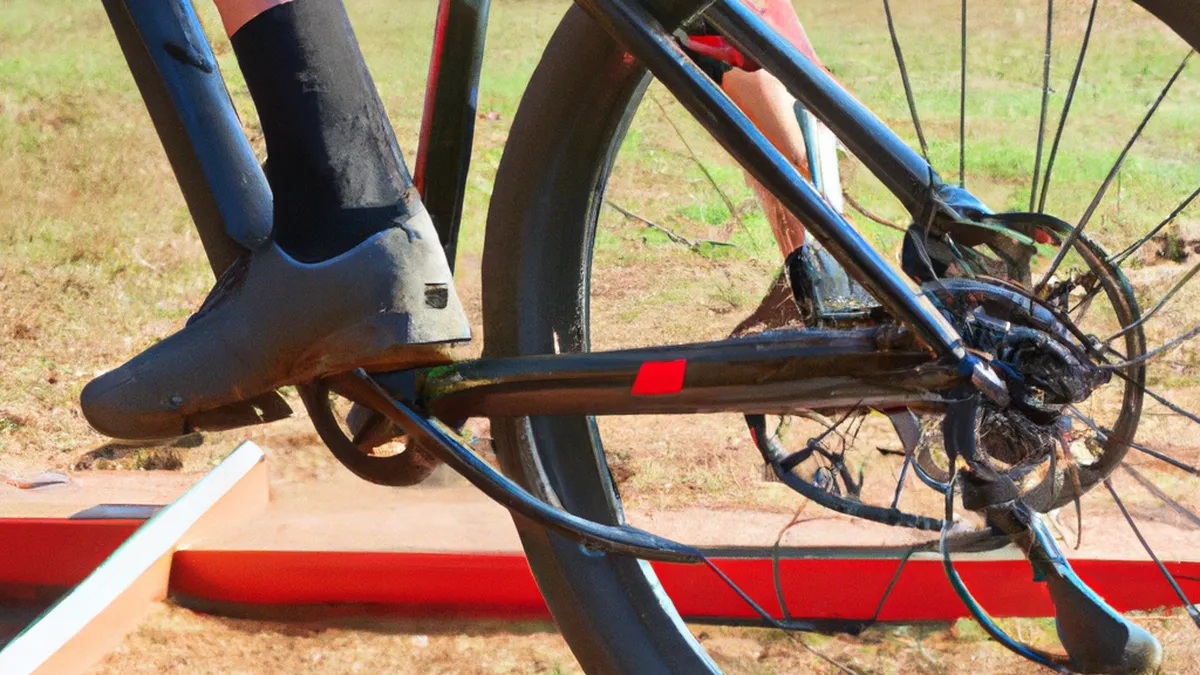Form First: Teaching Technique to Young Lifters
Teaching Children Proper Lifting TechniquesChildren often lift heavy objects in daily activities. Whether playing sports or helping at home, they need proper techniques. Teaching them these techniques prevents injuries and promotes good habits. In this blog post, we will explore effective methods for instructing children on lifting.
The Importance of Proper Lifting Techniques
Children eagerly want to help but may not know lifting risks. Improper lifting can cause strains, sprains, and serious injuries. The American Academy of Pediatrics warns that improper lifting affects growth and development. Teaching correct techniques keeps children safe and healthy.
Key Lifting Techniques to Teach
As an Amazon Associate I earn from qualifying purchases.
Gear tip: consider desk cycle, ergonomic footrest, and sport sunscreen to support this topic.
Follow these simple steps to teach children proper lifting techniques:
1. Assess the Object
Children should assess the object before lifting. Encourage them to ask: How heavy is it? Is it awkward? Can they lift it alone? This assessment helps them make informed decisions.
2. Use the Right Stance
Show children how to stand with feet shoulder-width apart. This stance provides balance and stability. Encourage them to keep one foot slightly ahead for a strong lift.
3. Bend at the Knees
Teach children to bend their knees, not their backs. This technique engages their stronger leg muscles. Instruct them to keep their back straight and chest up while bending.
4. Hold the Object Close
Children should hold the object close to their bodies. This action reduces strain on their arms and back. They must keep their elbows tucked in for better control.
5. Lift Smoothly
When lifting, children should push up with their legs. Remind them to avoid jerking or twisting their bodies. Lifting smoothly prevents sudden movements that can cause injuries.
Practical Advice for Parents and Educators
Parents and educators play a crucial role in teaching lifting techniques. Consider these practical approaches:
1. Lead by Example
Children mimic adults, so model proper lifting techniques. When they see you lift correctly, they are likely to imitate you. Use everyday situations, like lifting groceries, as examples.
2. Make it Fun
Make learning enjoyable by turning lifting into a game. Set challenges where children must lift objects correctly. Offer praise and rewards for using proper techniques to motivate them.
3. Encourage Regular Practice
Reinforce learning by encouraging regular practice. Set aside time for lifting exercises. Create a routine for children to practice lifting in a safe environment.
4. Discuss the Benefits
Discussing the benefits of proper lifting motivates children. Explain how these techniques help them avoid injuries. They should know that lifting correctly allows them to play and stay active.
Benefits of Teaching Proper Lifting Techniques
Teaching children proper lifting techniques offers many advantages:
1. Injury Prevention
The most significant benefit is injury prevention. Correct techniques reduce the risk of strains and sprains. This safety allows children to engage in activities confidently.
2. Enhanced Strength
Proper lifting promotes muscle development. Children who lift correctly use their leg muscles effectively. This practice strengthens their core and overall body, aiding in sports and daily activities.
3. Increased Confidence
Understanding proper lifting boosts children’s confidence. They feel empowered to help with tasks. As they master lifting, they become more willing to tackle challenges.
Conclusion
Teaching children proper lifting techniques is crucial for their safety and health. Educating them on assessing objects, using the right stance, bending at the knees, holding items close, and lifting smoothly provides valuable skills. Parents and educators can support this learning through modeling, making it fun, encouraging practice, and discussing benefits. Ultimately, teaching these techniques fosters injury prevention, enhances strength, and boosts confidence. Start today to ensure your child lifts safely and effectively.
Below are related products based on this post:
FAQ
Why is it important to teach children proper lifting techniques?
Teaching children proper lifting techniques is essential to prevent injuries such as strains and sprains. It also supports their growth and development by ensuring they engage in safe lifting practices. Proper techniques promote good habits that can last a lifetime.
What are some key lifting techniques to teach children?
Key lifting techniques include assessing the object, using the right stance, bending at the knees, holding the object close, and lifting smoothly. These techniques help children lift safely by utilizing their leg muscles and maintaining balance, reducing the risk of injury.
How can parents and educators encourage children to practice proper lifting?
Parents and educators can encourage practice by leading by example, making lifting fun, and discussing the benefits of proper techniques. Setting challenges or routines for lifting exercises can motivate children to improve their skills in a safe environment.















Post Comment